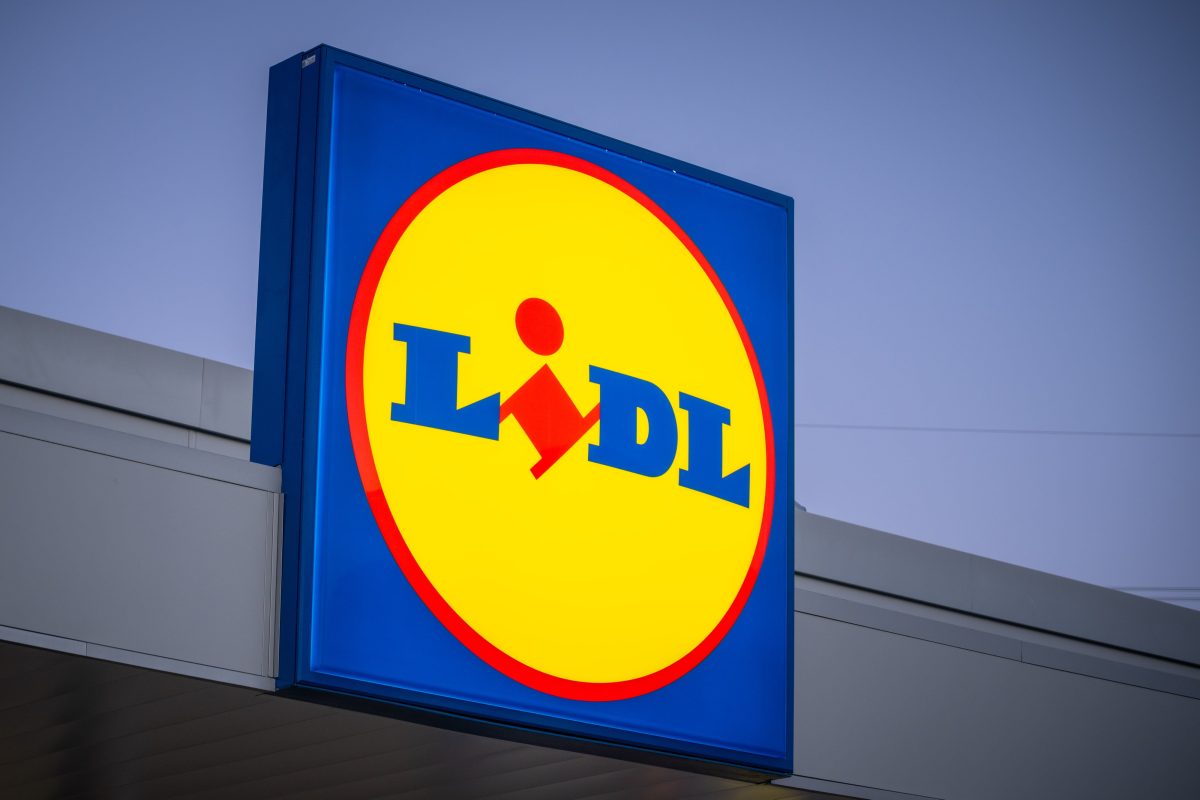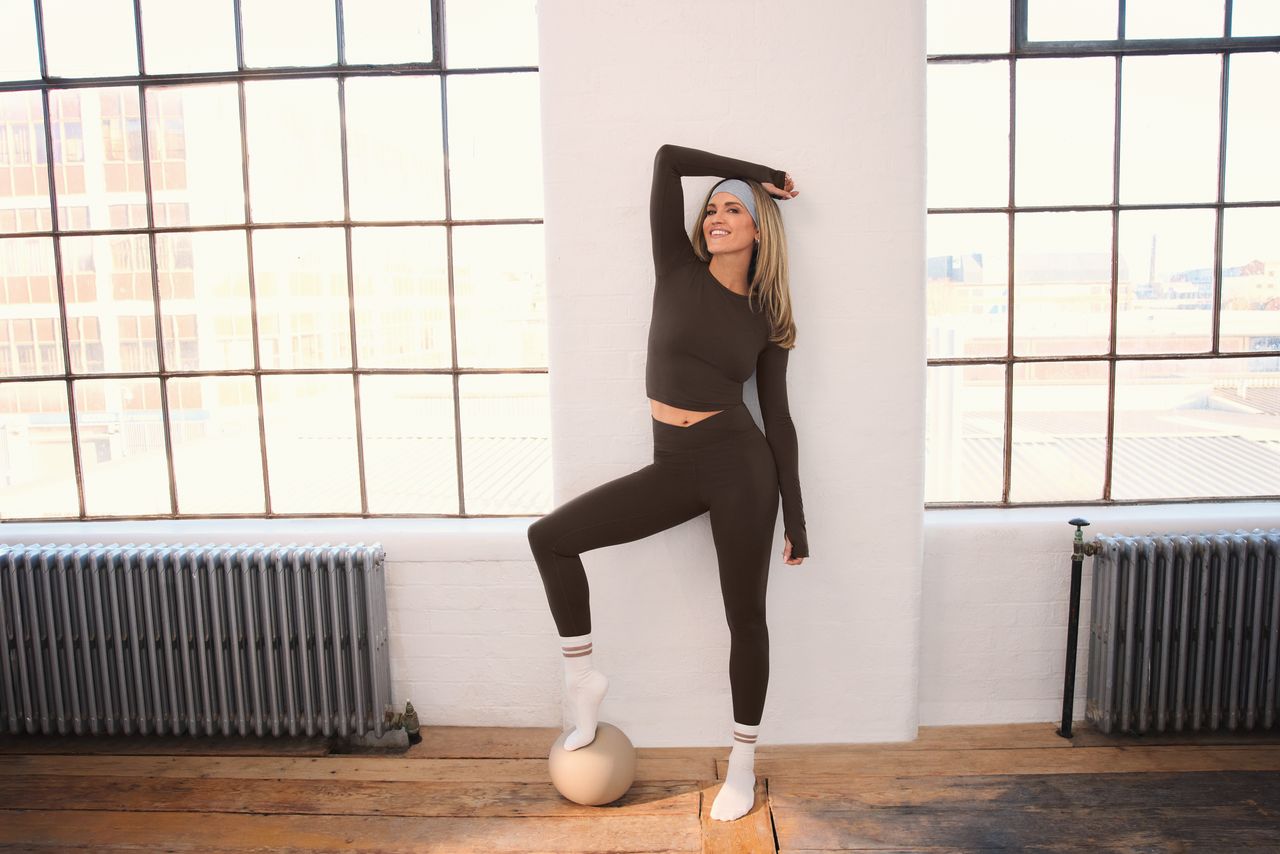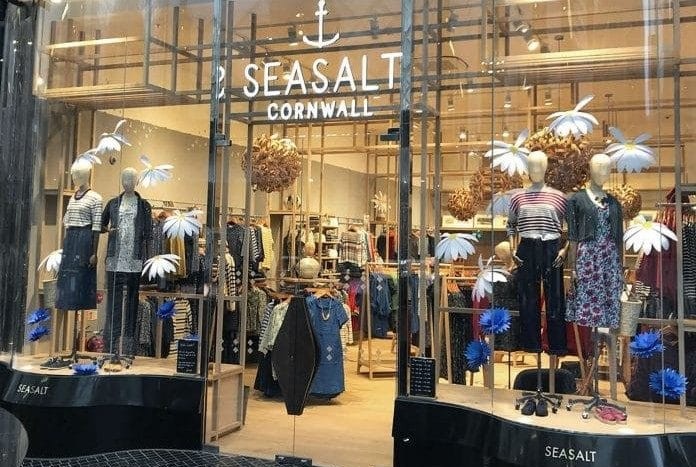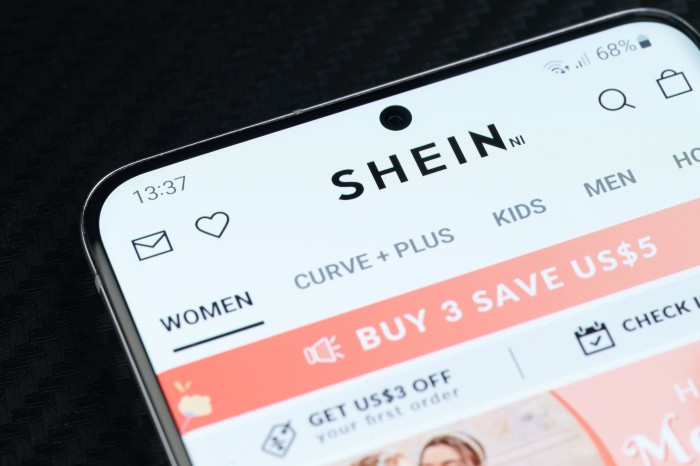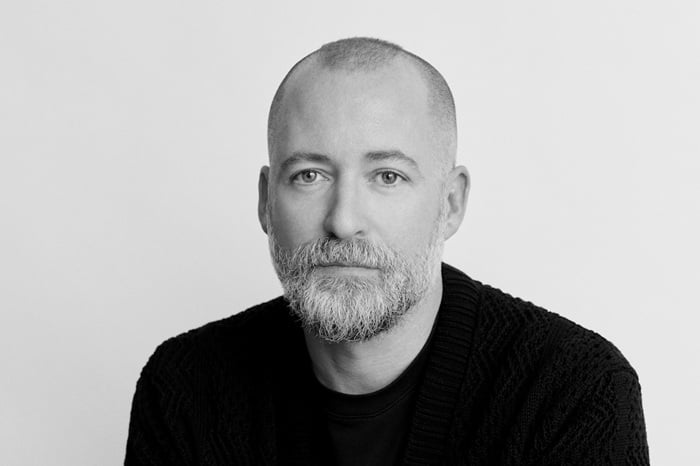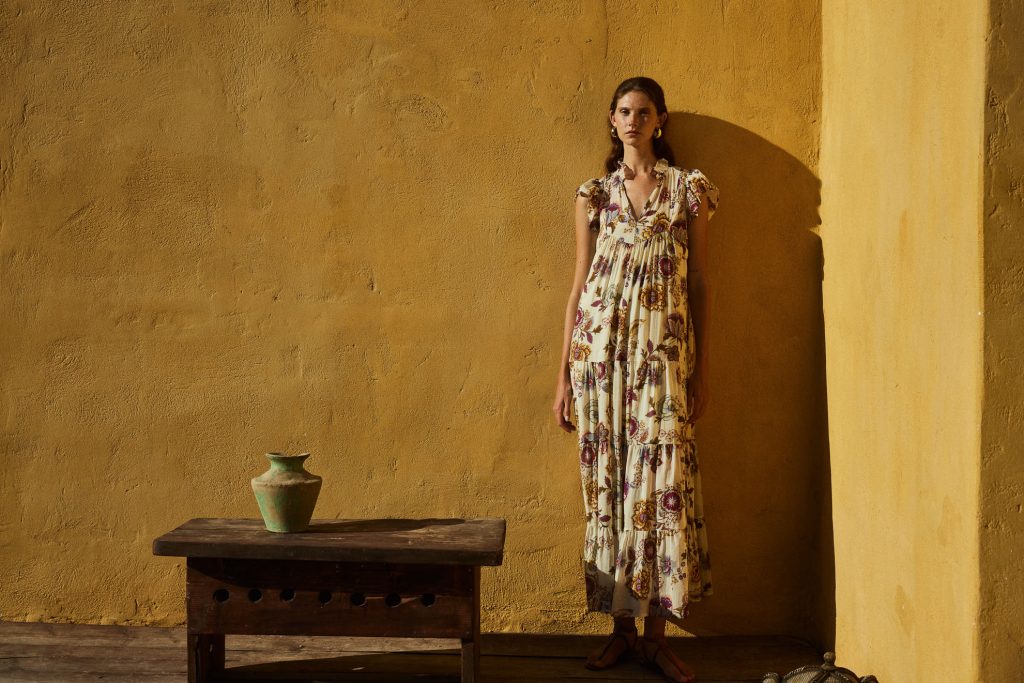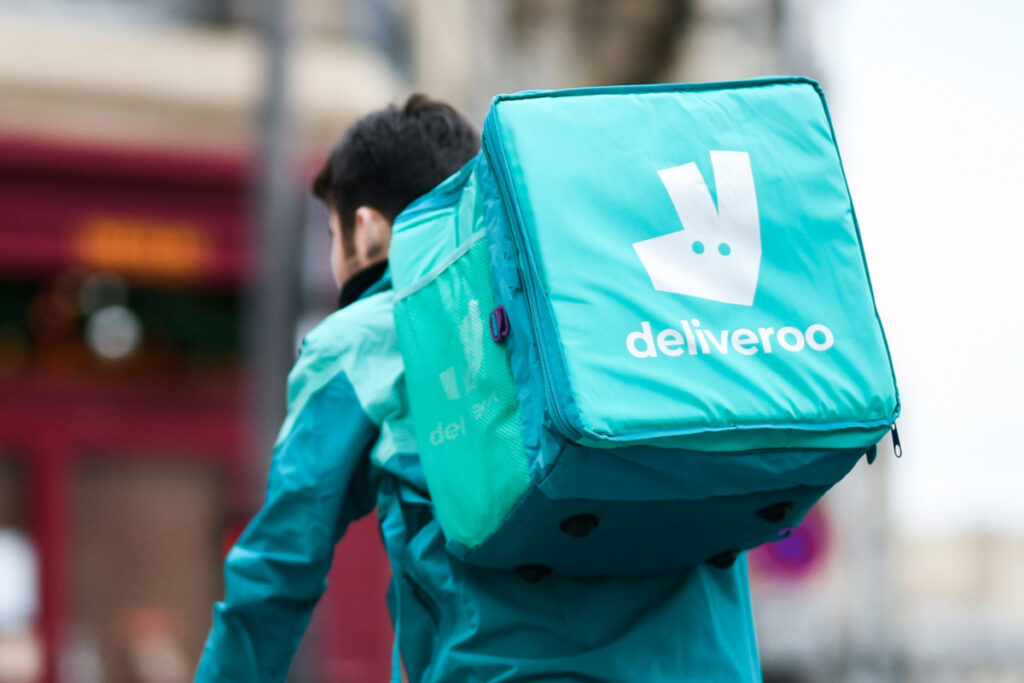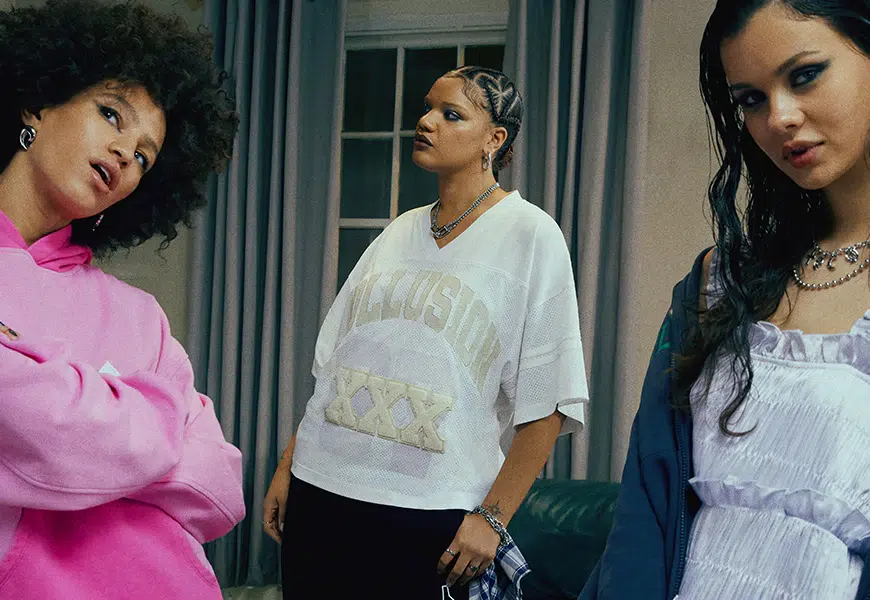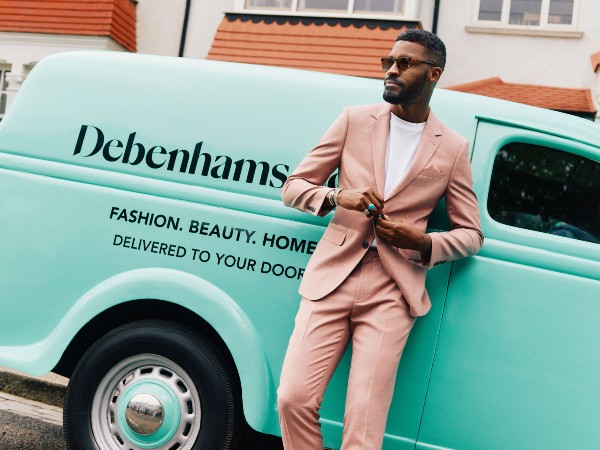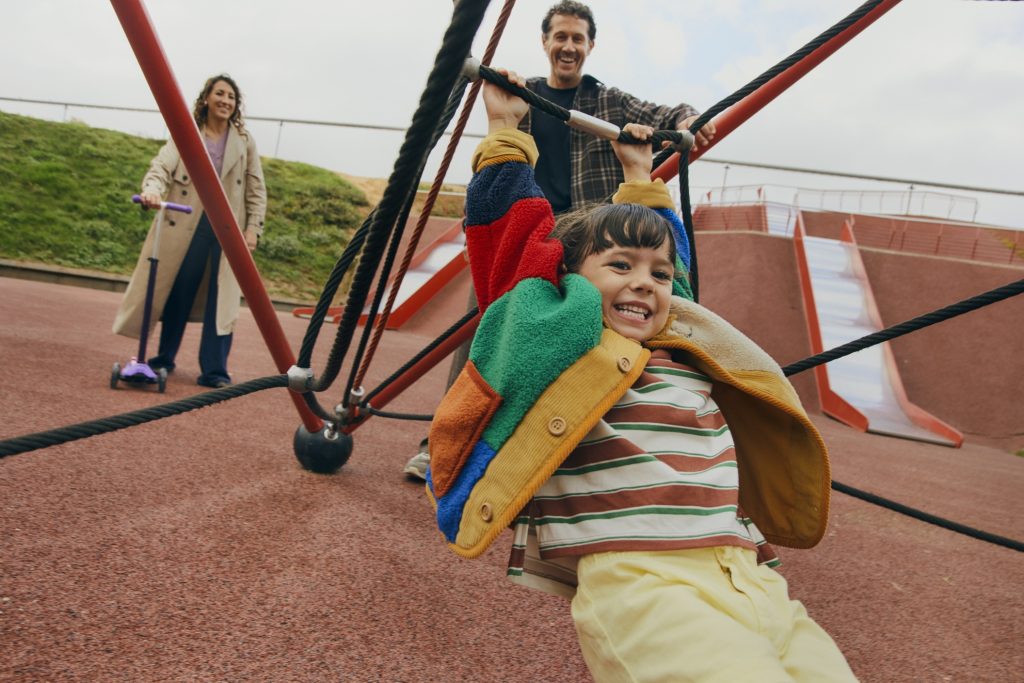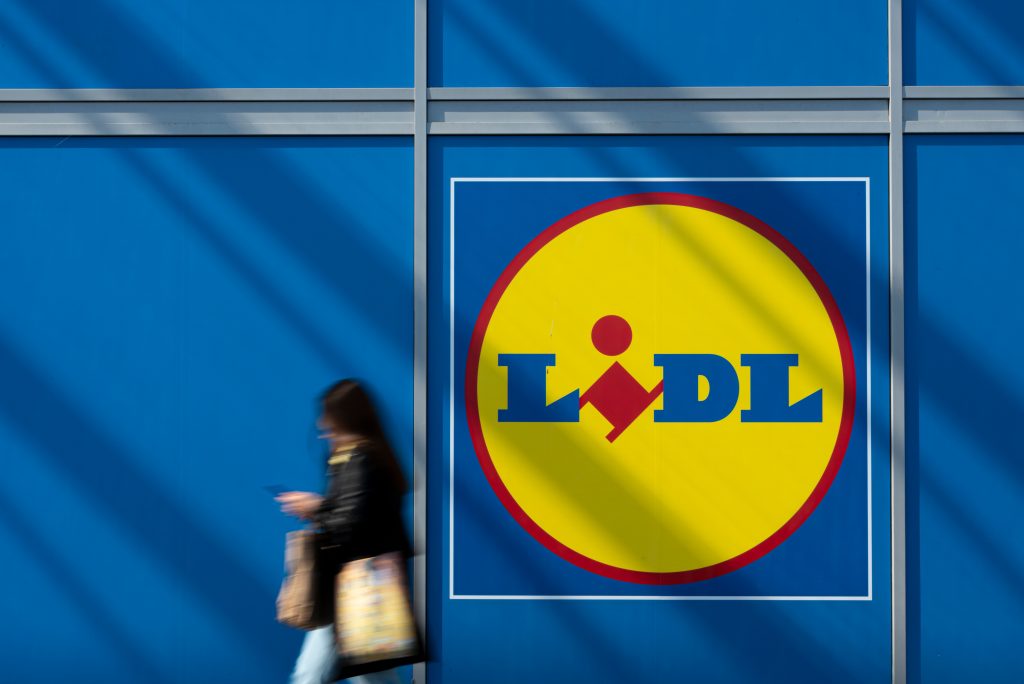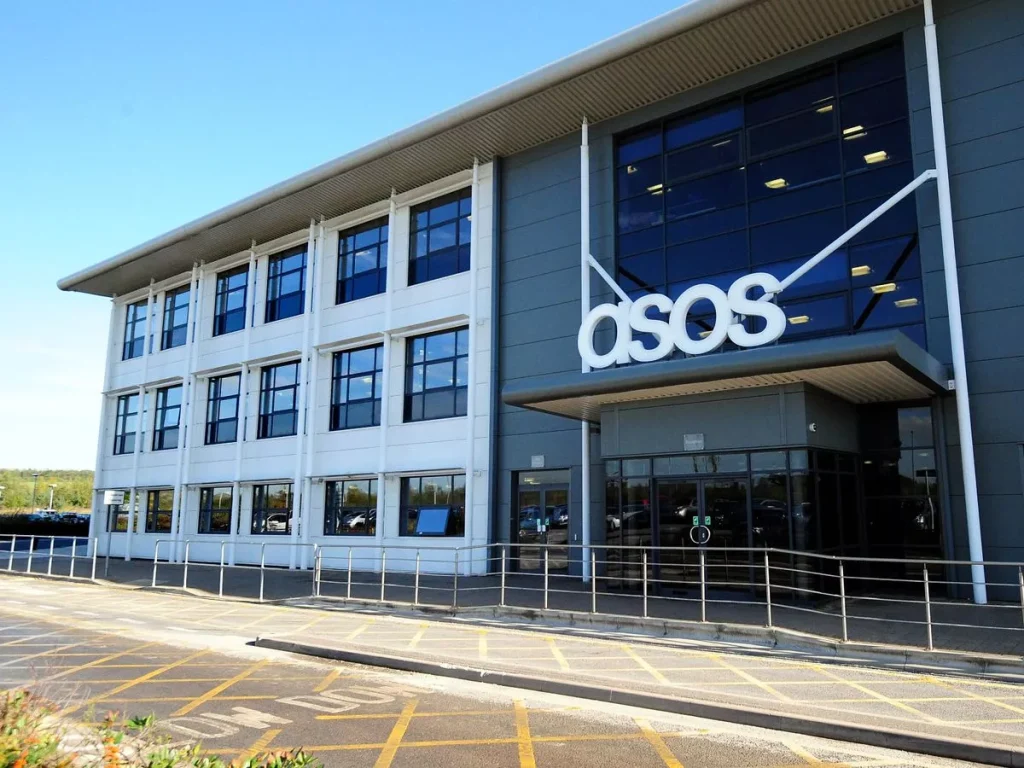In a recent issue of our visual trends publication Curve, Getty Images identified diversity as a major factor in visual communication influencing the current marketing and advertising landscape. This shift to engaging with and representing more diverse audiences is also prevalent in retail, as the sector relies heavily on tracking demographic changes, keeping up with cultural and social trends and capitalising on various fashions. For retailers it is absolutely key to understand consumers, their motivations and purchase drivers.
One sector that is starting to slowly embrace diversity is the fashion industry, where a range of initiatives and campaigns actively encourage a new approach to the representation of real body types. One example is the All Walks Beyond the Catwalk campaign founded by fashion experts and supermodel Erin O‘Connor, which seeks to encourage a broader range of body and beauty ideals through its Diversity Now! online campaign, in collaboration with I-D Magazine, to truly celebrate individuality.
Celebrating individuality and questioning existing beauty ideals is also the goals of Dove‘s latest campaign that premiered at Sundance Film Festival in January. The Unilever brand worked with filmmaker Cynthia Wade on the documentary illustrating the brand‘s research into the effect social media has on the perception of beauty. Wade commented on the influence ‘Selfies‘ are having on the beauty ideal: “Now we have the ability to photograph the beauty we see in our friends and ourselves. When we share these diverse images on our social networks, we are taking personal ownership and truly redefining beauty.”
A shift in the visual content used is also at play when it comes to older audiences. There has long been a recognition of the power of the grey pound. With all of us living longer, older demographics now hold more disposable wealth than other segments of the population. A report commissioned by the UK government predicts a 51% rise in Europe in those aged 65+ and 101% increase in those aged 85+ from 2010 to 2030. As the Guardian writes: ‘Society can no longer afford to pretend that it is forever Peter Pan.‘ Channel Four‘s recent documentary Fabulous Fashionistas highlighted the fact that seniors today feel and look different than a decade ago and it is encouraging to see a ‘youthful‘ brand like American Apparel‘s casting a 61-year old model and German Vogue featuring 73-year old Tina Turner as cover star. US brand Cole Haan did take it a step further in their 2013 fall campaign, which celebrated the company‘s 85th anniversary. The four models chosen to represent the brand in their adverts, all aged 85 (!) showed wit, style and life experience – an aspirational picture of aging that is rarely sees in advertising.
Change is also under way for the young too, as kids‘ brands are starting to blur the line when it comes to gender roles. One great advertising example, which was named one of the best 2013 ads in WSJ‘s annual survey of marketing executives comes from GoldieBlox. The company is determined to get more girls interested in science, technology, engineering and math and provides today‘s girl with an alternative to the existing princess stereotype.
There are lots of changes happening in demographics, gender roles, and beauty types and it is crucial for retailers to follow and reflect these shifts in the services they provide. But to appeal to new and evolving audiences and to remain relevant to today‘s diverse shopping public, retail brands also need to evolve the visuals used in their in brand communication. Campaigns that feel natural and show all aspects of our everyday lives will connect best with today‘s audience – it‘s all about presenting diversity as a reality and an aspiration.


